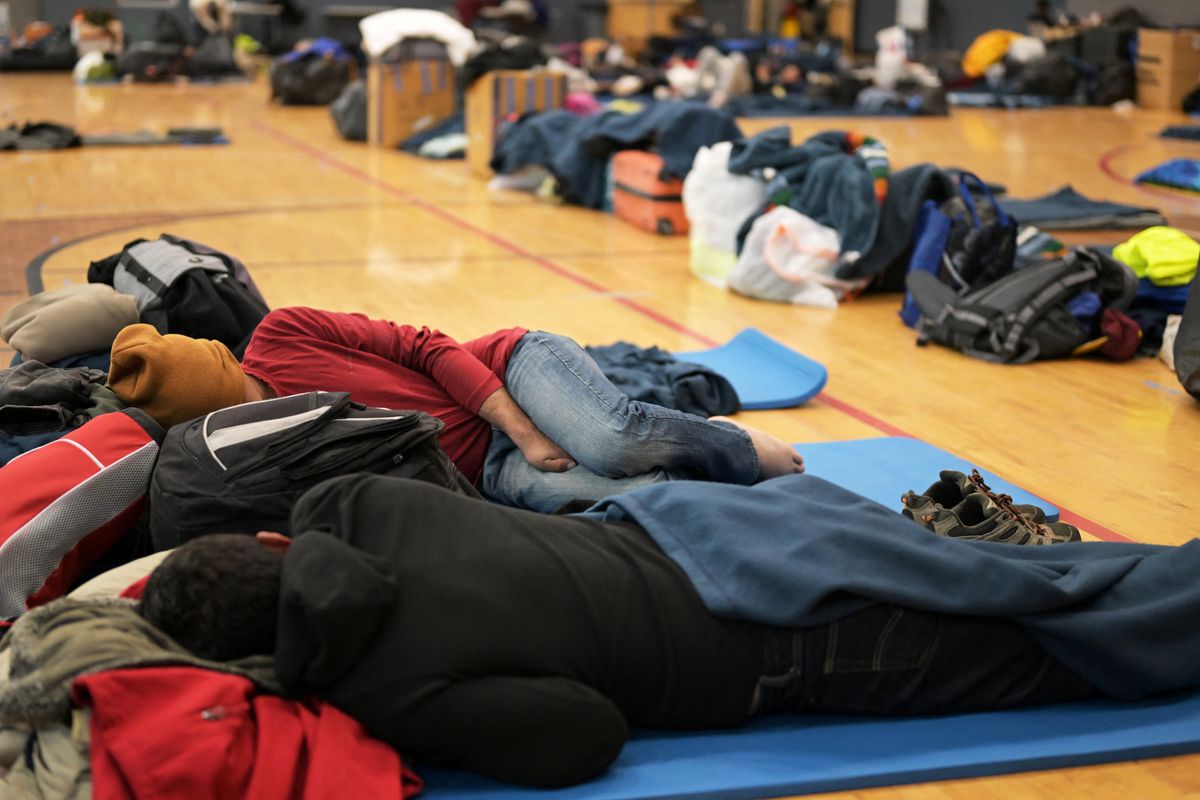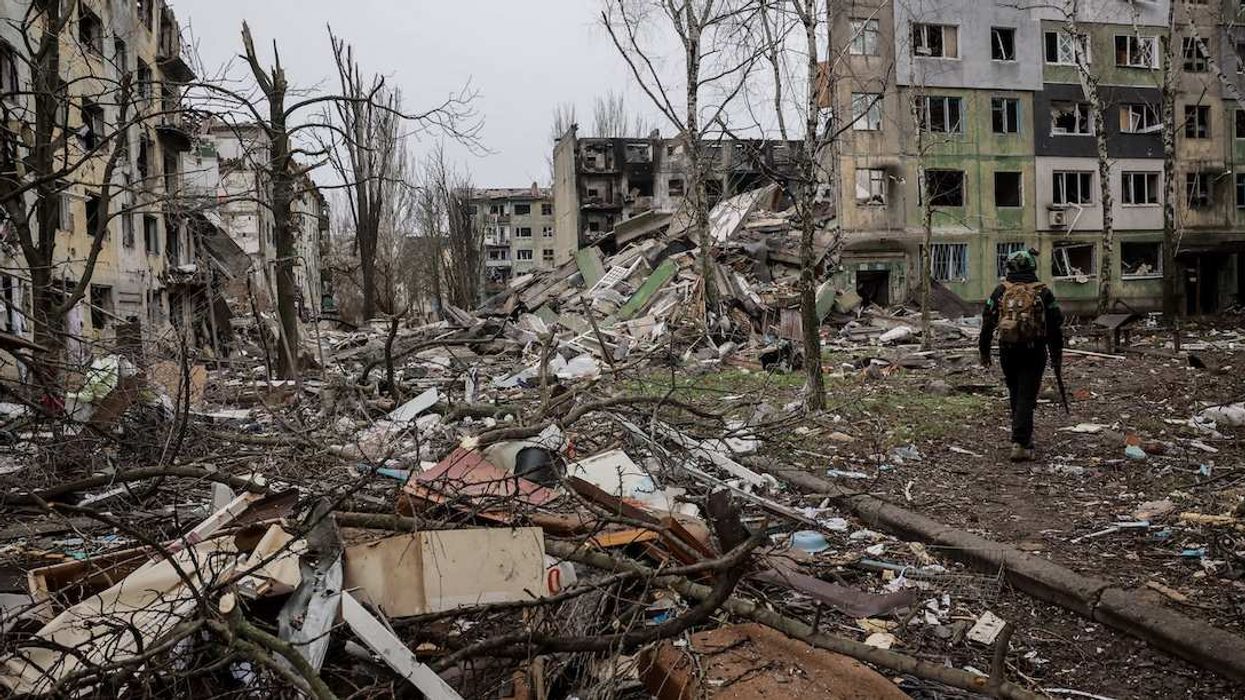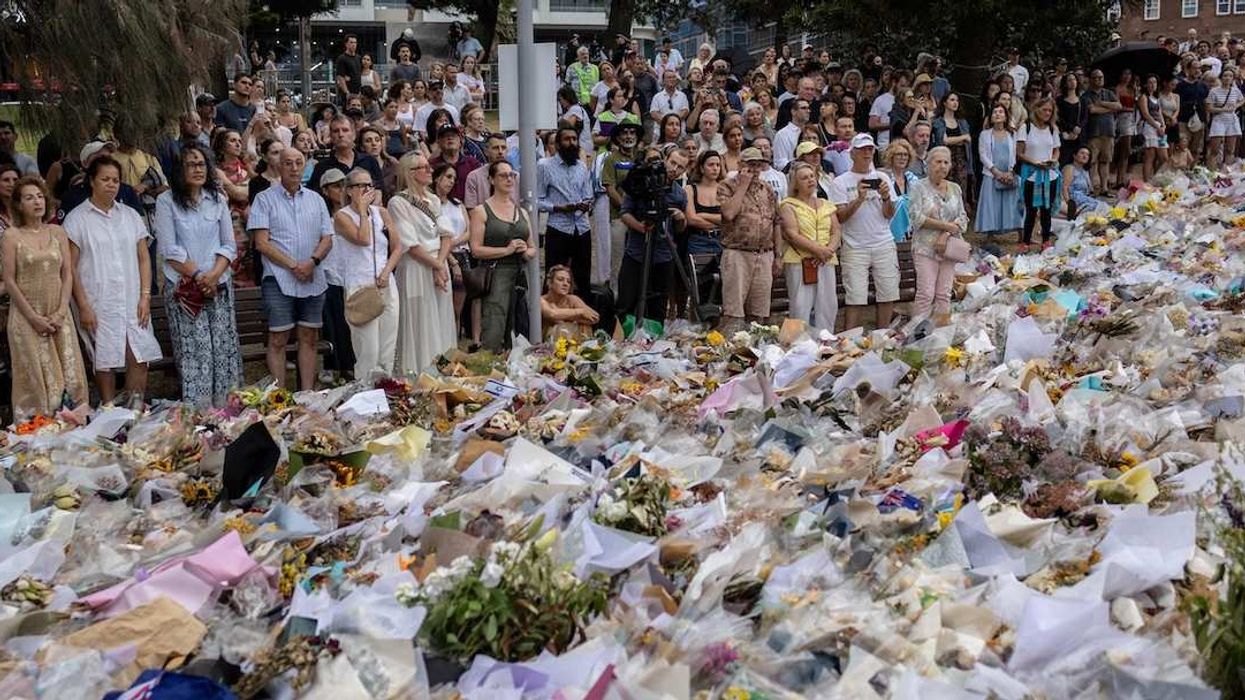The city has more than 1,868 migrants in shelters – a big jump from July and August, when numbers were in the 400-500 range.
In May, Title 42 expired. US officials expected a sharp, sudden rise in the number of immigrants entering the country from the southern border, and that is exactly what happened, though numbers later declined. The immigration policy had been in place since the Trump years, keeping hundreds of thousands of would-be newcomers, including some asylum-seekers, from entering the country.
The change prompted some states to ask the Biden administration for funds to help house migrants, but support has been insufficient. Now, as Politco reports, a broader battle over “NIMBYism” (not in my back yard) is playing out. Some officials, including Democrats, worry about how a rise in migration is affecting housing – many cities and states are already in crisis as shelters exceed capacity – and whether it might produce a local backlash. Massachusetts alone has upwards of 22,000 people in shelters, roughly half of whom are migrants. That’s a 100% rise since January.
National, state, and local support has been unable to keep up with the rise in newcomers, and migrants are finding themselves caught in the middle of a partisan political struggle ahead of the 2024 election. This comes as the US faces a growing housing crisis.
Meanwhile, in Canada, government under-funding and finger-pointing in this summer led to an emergency in which civil society groups and churches stepped up to feed and shelter migrants who were sleeping on the streets of Toronto. In September, the migrants moved to a shelter. The federal and Ontario governments eventually stepped up to offer funds to supporting asylum-seekers, refugees, and at-risk people. But the money won’t be enough for long, especially since Canada’s housing crisis shows no signs of abating.
With elections around the corner for both countries, leaders on both sides of the border will be under pressure to speedily address housing prices and growing shelter occupancy, particularly as migration picks up. We’re watching to see how national and local leaders navigate this growing crisis and fight to resist a local backlash.



















